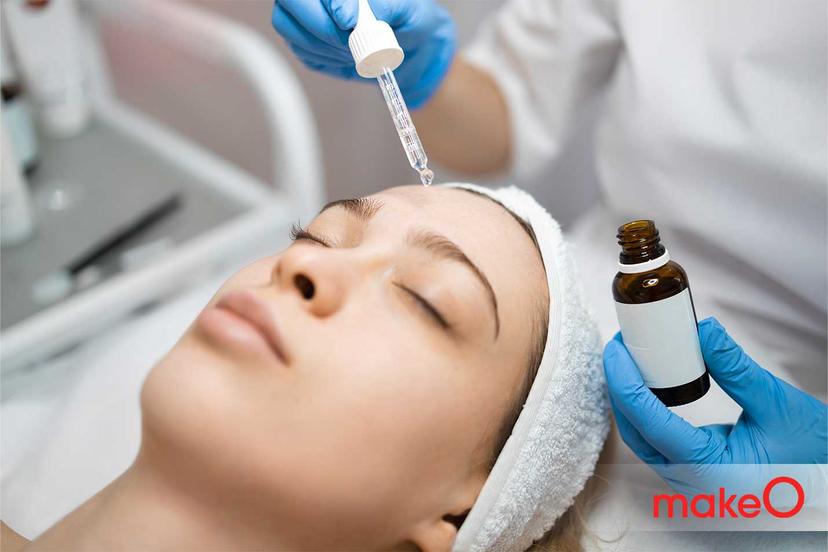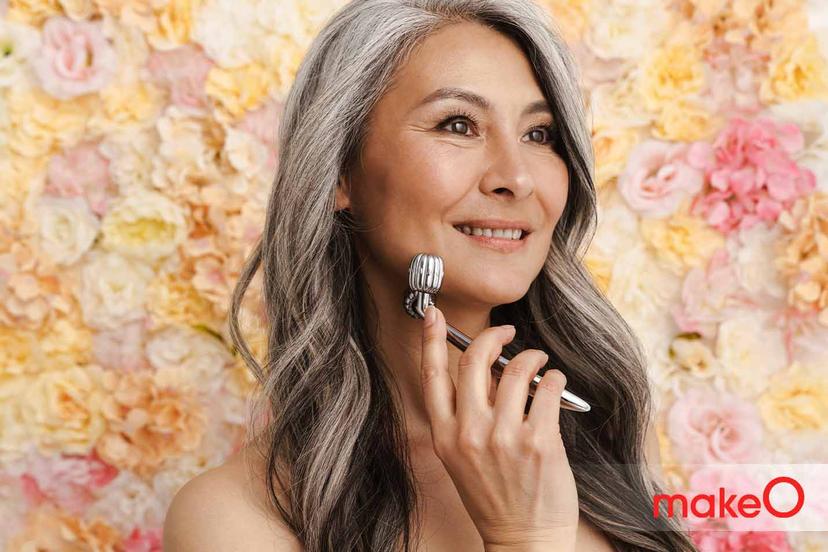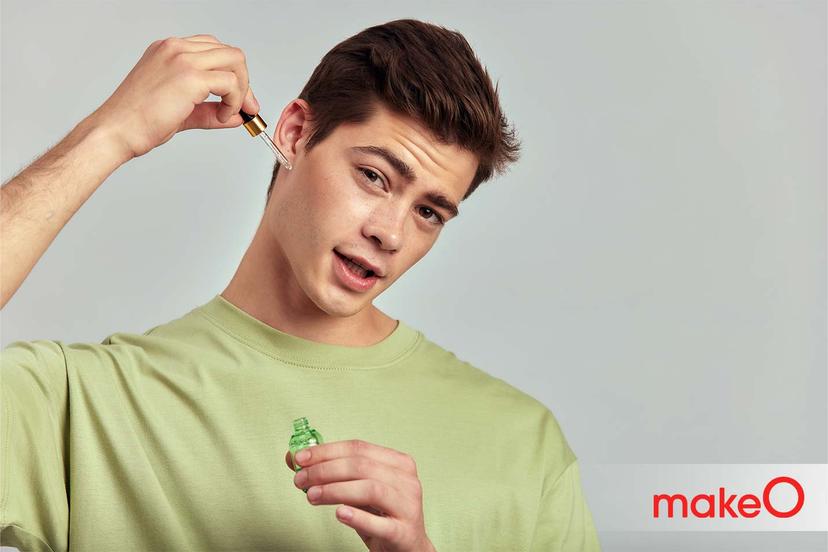MakeO blog
Your skin shows signs of what it needs. All you need to do is take notice. Among many skin care necessities, skin hydration and moisturisation are the top two skin needs that are common for most of us. But how do you understand what’s the difference between the two and how to add them to your routine? Read on to find out.
How to differentiate between skin moisturiser vs hydrator?
You may have unknowingly used the term skin hydration and moisturisation interchangeably. While it might seem like they are the same thing, they are not.
Among skincare products, hydrating ingredients are linked with water and moisturising ingredients are linked with oil. Hydrating elements are responsible for bringing water to your skin’s topmost layer from the environment and from the deep layers of the skin. On the other hand, moisturising agents create a barrier or a seal to help retain the moisture on the skin.
While that is the basic difference between the two skin needs, experts around the world have been unable to find the exact definitions for hydrating and moisturising.
Examples of some Common Moisturising Ingredients
The most popular moisturising ingredients are
- Ceramides
- Glycerol
- Silicones
- Lanolin
- Mineral oil
- Castor oil
- Sunflower seed oil
- Jojoba oil
- Paraffin
Examples of some skin hydrating ingredients
Generally, skin hydration ingredients are humectants like
- Hyaluronic acid
- Glycerin
- Honey
- AHAs
- Lactic acid
- Squalene
- Fatty alcohols
- Glycolic acid
How to keep your skin hydrated this summer?
Summer can be a bothersome time for your skin. Not only do you have to protect it from heat and sun damage but you also have to ensure it is clean and sweat-free as much as possible. During this time you have to choose skin care products carefully. While hydrating products that are light and ultra-thin can be perfect for the summer, thicker moisturising ingredients can block pores and result in excessive oil.
So here are some things to remember
- Wash your face 2-3 times a day with a gentle and gel-based face wash
- Use hydrating products like glycerin and hyaluronic acid in your creams to boost hydration
- Choose humectants that can hydrate and moisturise to keep your skin nourished
- Remember, less is more so avoid layering too many products!
Importance of using a regular face moisturiser
Hydration or moisturising? Which does your skin need? Check the condition of your skin or visit a dermatologist to figure it out. You may need a hydrator if your skin is dry, scaling and dehydrated. But if your skin feels fine but not healthy or glowing enough, then you need a face moisturiser.
Most people require both these things which is why there are skin moisturisers that contain both hydrating and nourishing elements. There are multiple moisturiser benefits to take advantage of. Such moisturisers can replenish the water on the epidermis, keep the skin feeling nourished, repair the skin, even out the skin tone and reduce blemishes too.
Our happy hydrate ceramide face moisturiser is one such versatile daily cream that hydrates and nourishes all thanks to its wonderful set of ingredients that includes shea butter, squalene and petrolatum. Our cream is not only suitable for all skin types but especially good for oily and combination skin types which also means that you can easily use this skin moisturiser every day during the summer too!
FAQs
Which is better hydrating or moisturising?
Both hydrating and moisturising are important to skin needs that most people require. Sometimes, you might require more hydration than nourishment or vice versa. The best way to understand this is by observing your skin and going to a dermatologist.
Do I need a hydrator or moisturiser?
You can choose between a hydrator or face moisturiser by assessing your skin’s condition. If you feel like your skin feels dry, and dehydrated then you need to understand how to hydrate your skin. But if you feel like your skin is doing alright, but it does not feel bright enough or glowing enough, then you need a skin moisturiser.
What comes first, hydrating or moisturising?
Since moisturising creams are used to seal the moisture on the skin, it is important to first finish hydration for the face to bring in the moisture on your skin and then seal it.
Is hydrating the same as moisturising?
While hydrating and moisturising have been used interchangeably since forever, they are actually two different functions. Hydration involves bringing the presence of water to the epidermis from the moisture in the environment and the deeper layers of the skin. And, moisturisation involves nourishing the skin and creating a barrier to retain the moisture present on the skin’s topmost layer.
Does hydrating make you look better?
Yes, hydrating will definitely heal dry and dull skin and give your skin much-needed moisture. You can expect softer and more healed skin with hydration.
Can I use hydrating cream instead of moisturiser?
If you are only facing dryness, then you can only choose hydrating creams for your face. However, for an inner brighter glow and a plumper look, a skin moisturiser is also necessary.
related categories
Related articles

Anti-Ageing Face Oils: Unveiling the 10 Best Facial Oils for Youthful Skin

5 Common Mistakes to Avoid When Using a Face Roller

Is Aloe vera effective for acne? Find out

5 Side Effects of Hair Removal Creams That You Must Know

